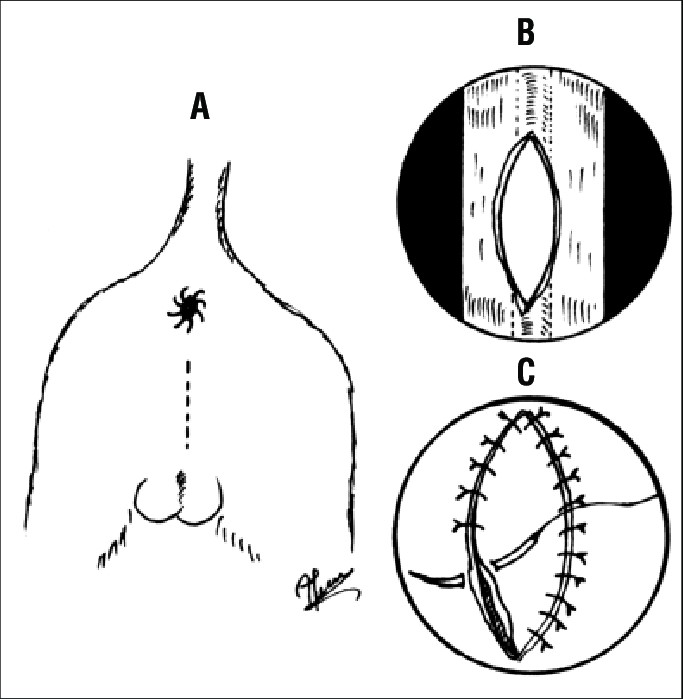Perineal Urethrostomy
Description

A perineal urethrostomy (PU) is the surgical formation of a permanent opening of the urethra at the perineal surface. Urethrostomy can be performed in the prescrotal, scrotal, perineal, or prepubic areas in dogs, depending on the location of the lesion.
Indications
A perineal urethrostomy is indicated for recurrent, obstructive calculi that cannot be managed medically, urethral strictures, urethral or penile neoplasia, urethral or penile severe trauma, and preputial neoplasia requiring penile amputation. The most frequent indication for a perineal urethrostomy is for urethral obstructions in male cats due to Feline Urologic Syndrome.
Postoperative Care
Give any prescribed medication as directed, and do not give human drugs without first consulting with a veterinarian. If vomiting is consistently observed following medication, please contact our surgical staff.
Long-term dietary management is still necessary to reduce urinary crystal formation that leads to recurrent urinary dis-ease. The goal of surgery is to decrease the likelihood of life-threatening urinary obstruction; surgery, unfortunately, is not a cure for the underlying disease. Therefore, continued medical management involving feeding your pet special diets is necessary to decrease crystal formation and reduce the chance of recurrent obstructions that require medical or surgical intervention.
Confine your pet to a clean, quiet part of the house for at least 3-4 weeks following surgery. Do not allow running, jumping, or playing with other pets.
An Elizabethan collar is strongly advised to prevent licking or traumatizing the incision. Frequent urination is still likely for a week or more due to irritation of the bladder and urethra. A moderate amount of bleeding from the incision is common for several days following surgery. Cat litter should be replaced with shredded paper for at least 2 weeks following surgery to prevent litter from adhering to the incision site.
Observe your pet for problems, and contact us if you notice any of the following:
- Not passing urine
- Persistent heavy bleeding
- Prolonged lethargy or anorexia
Please schedule an appointment for suture removal 10 to 14 days after surgery. Please contact us immediately if any of the above problems are noted. Another examination is recommended approximately one month postoperatively to assess healing of the urethrostomy.
Prognosis
Perineal urethrostomy is generally a successful salvage procedure in managing life-threatening urethral obstructions in cats. It should be noted that PU is not a cure for Feline Urologic Syndrome and does not prevent the future formation of stones or calculi. Continued medical and dietary management are necessary. In addition to continued symptoms of cystitis, potential complications following PU in cats may include urinary incontinence and urethral stricture formation. If a severe stricture forms, then additional surgery to modify the urethral opening may be necessary.
Your pet’s recovery and well-being are our primary concerns, so please do not hesitate to call and speak with a surgical technician or surgeon if there are any questions regarding your pet’s recovery.
Figure 1: Papazpglou, L., & Kazakos, G. (2002). Perineal Urethrostomy [Image]. Retrieved from https://www.researchgate.net/figure/Perineal-urethrostomy-The-urethra-is-catheterized-and-an-incision-made-in-the-midline_fig5_287706105
